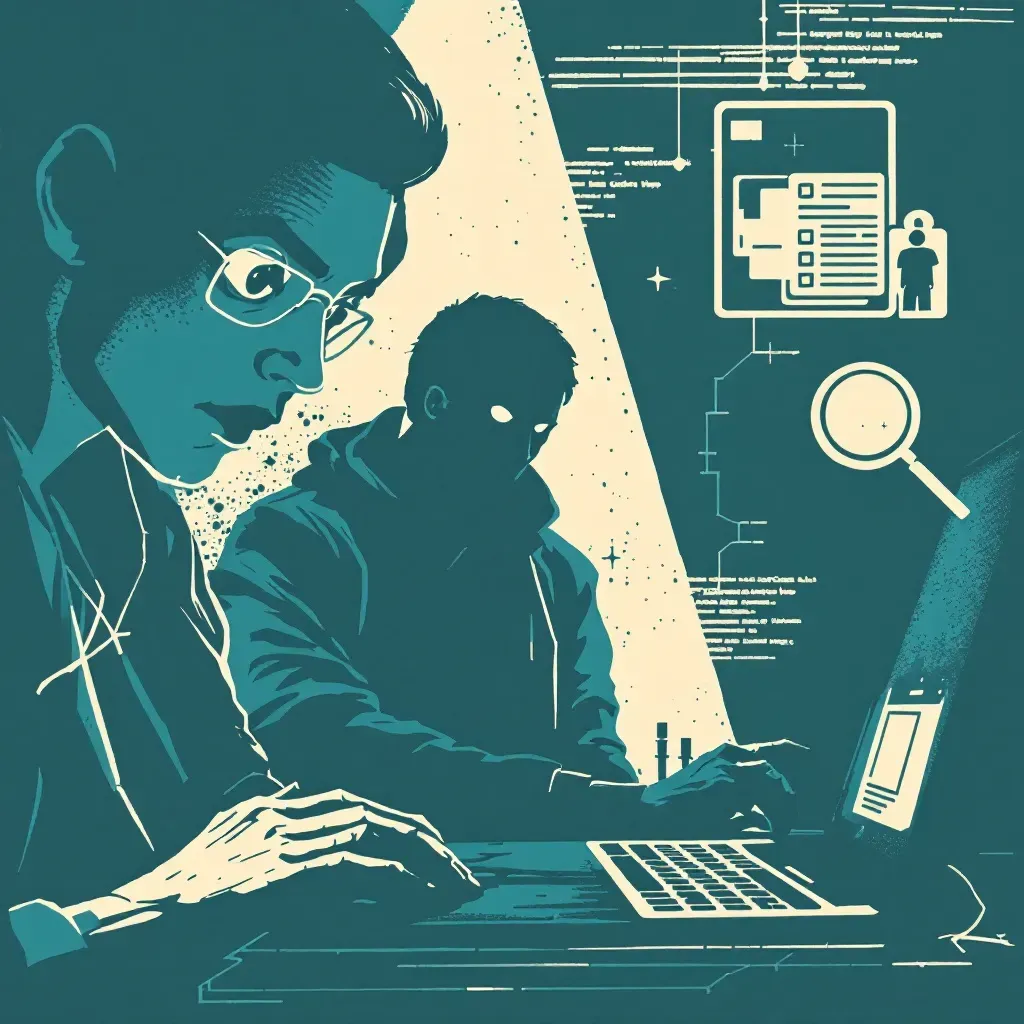
Stalking
Understanding systematic persecution, its methods, and hidden dangers
Stalking is more than unwanted attention. Learn about systematic persecution, the hidden methods, and why it's a deadly threat in true crime.
Understanding systematic persecution, its methods, and hidden dangers
When does stalking become a crime?
In true crime, stalking refers to the systematic and persistent persecution, harassment, or intensive surveillance of a person, resulting in intense fear and insecurity for the victim. This type of crime, often termed persecution crime, is characterized by the perpetrator's, or stalker's, often obsessive fixation on the victim. This obsession, which in some cases *may* stem from underlying psychological issues in the perpetrator, manifests as a series of unwanted actions that grossly invade the victim's privacy and sense of security. It is crucial to understand that stalking is not an isolated incident but a persistent pattern of behavior. This behavior can extend over weeks, months, or even years, with the clear aim of controlling, intimidating, or forcing an unwanted relationship upon a victim of stalking.
From harassment to digital surveillance threats in stalking
Stalking can take many forms, from physical presence and direct surveillance near the victim's home or workplace, to a barrage of unwanted phone calls, messages, emails, or letters. In the digital age, cyberstalking has become a prevalent method, where the perpetrator uses social media, GPS tracking, or spyware to intensify their surveillance and harassment of the victim. Regardless of the method, the consequences for the person who is a victim of stalking are often profoundly debilitating. This can include severe psychological distress, anxiety, depression, and a constant, exhausting feeling of being in danger, which can be described as a form of psychological terror. Stalking poses a serious threat, as the harassing behavior can escalate and, in the worst cases, culminate in physical violence, assaults, or even murder. This underscores the importance of early intervention and an acknowledgment of the true severity of stalking.
Why stalking is central to true crime and hard to solve
An in-depth understanding of stalking is central to the true crime genre, as it sheds light on a type of persecution crime that often unfolds in secret. Although stalking can be difficult to prove, it holds the potential for catastrophic consequences for the victim. Effective investigation of stalking cases, including the digital surveillance involved in cyberstalking, requires meticulous documentation of the repetitive behavioral pattern. It is also crucial to have insight into the complex psychological dynamics between the perpetrator, the stalker, and the person who is the victim of stalking. The persistent and deeply invasive nature of stalking underscores the pressing need to take victims' experiences seriously. It is essential to recognize the real danger that this form of persecution and psychological terror poses, not only to the individual's safety but also to the general security of society.
How does stalking unfold in real cases of obsession and digital persecution? Read the harrowing examples of stalking in our in-depth cases below.
Posts Tagged “Stalking”
25 postsShowing first 20 of 25 posts. Use search or filters to find more.



















